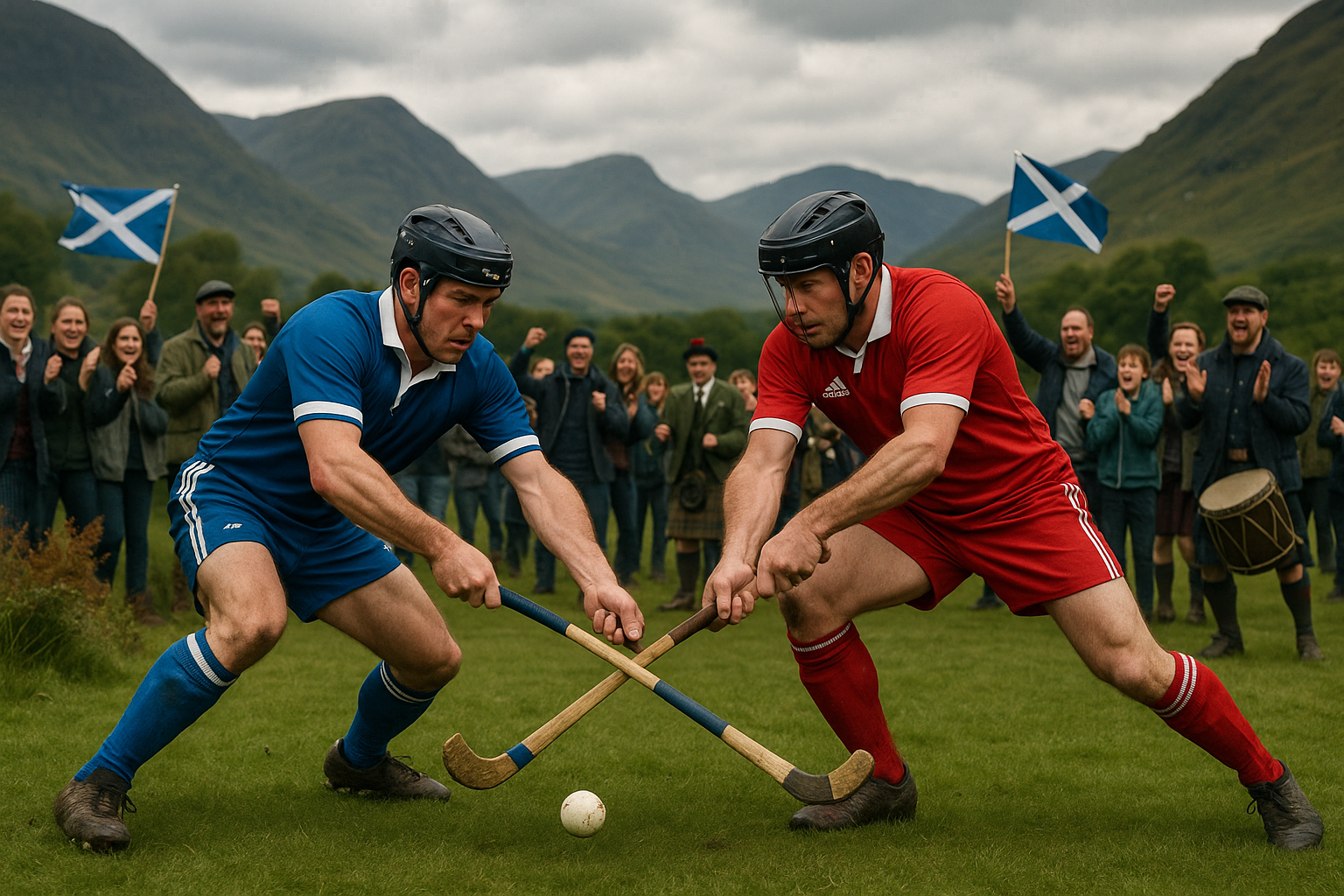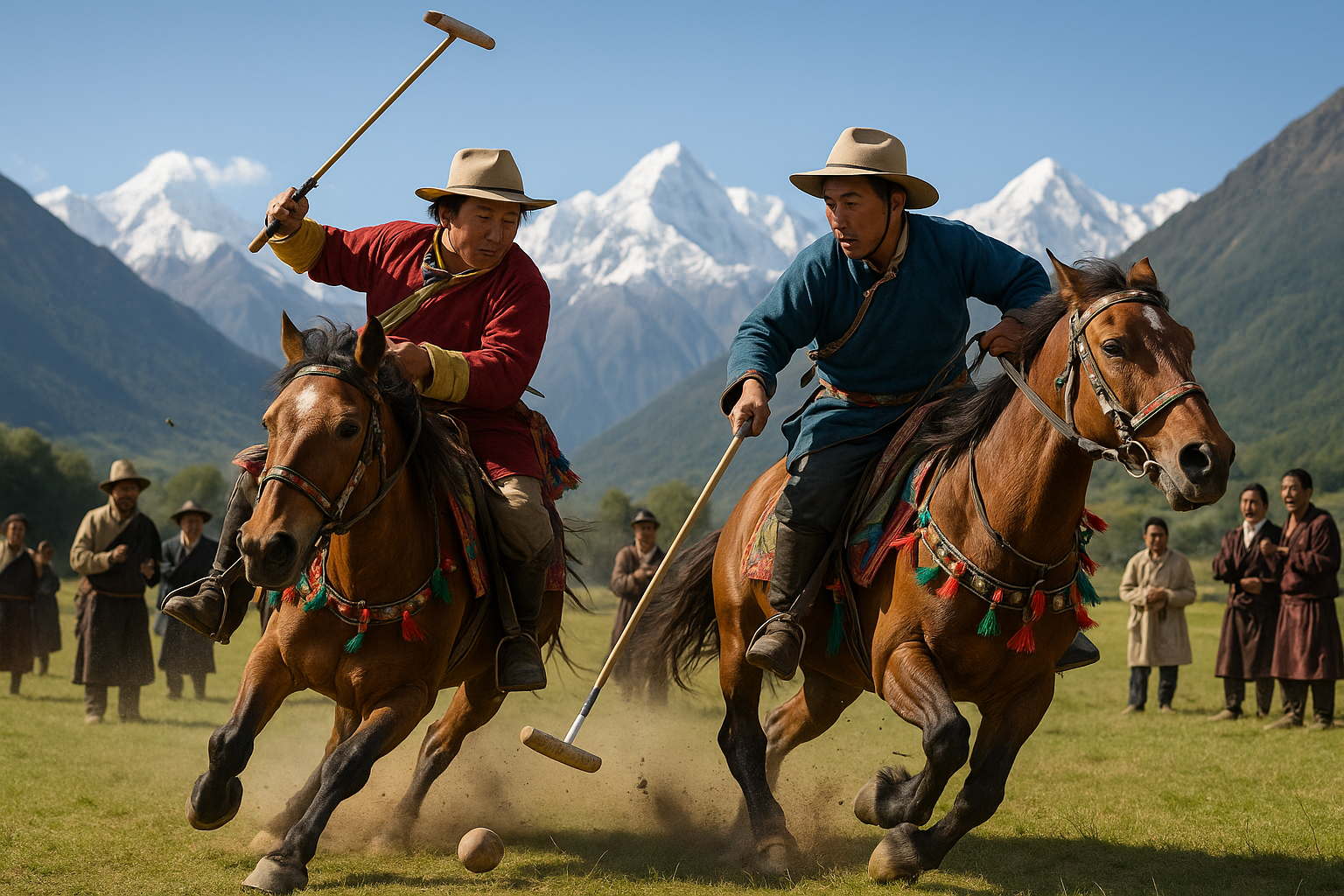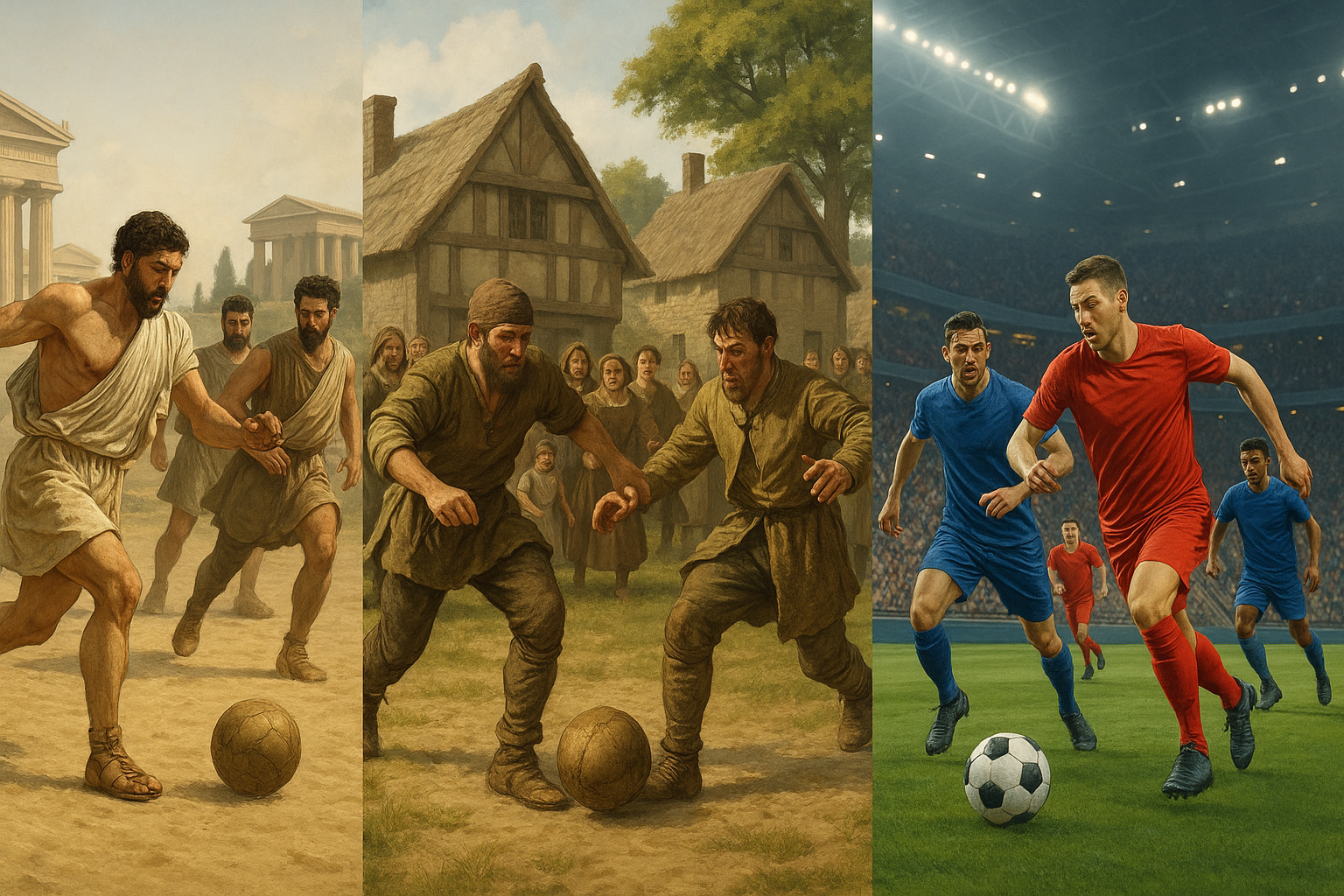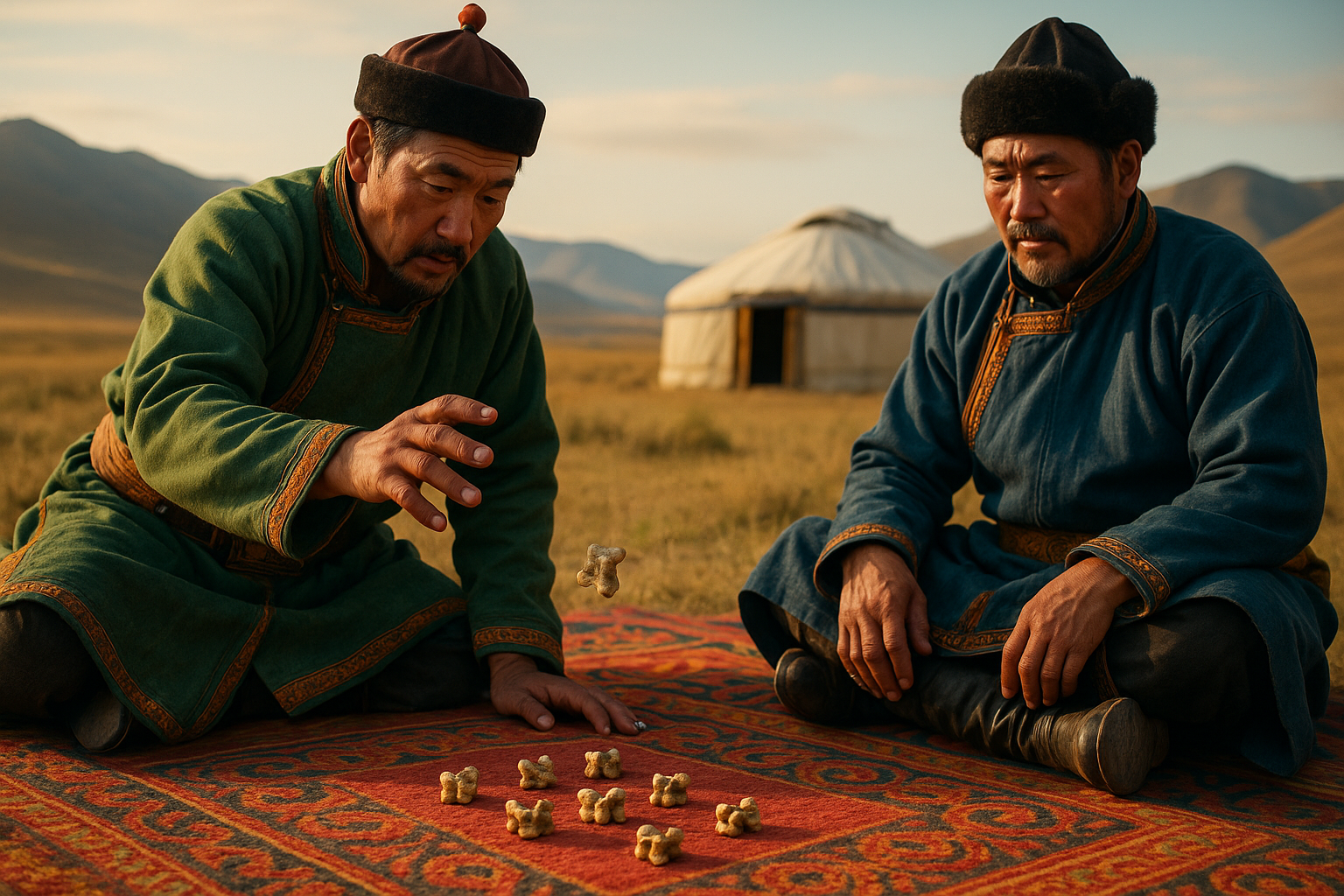In the vast tapestry of human history, few cultural phenomena have had the power to transcend borders, languages, and generations quite like sports. Among the pantheon of globally cherished games, soccer stands out as a universal language spoken on every corner of the globe. 🌍 Yet, as we cheer for our favorite teams and marvel at the athleticism displayed on the field, how often do we pause to ponder the origins of this beloved game? The roots of modern soccer run deep, extending far beyond the stadiums of Europe and South America, reaching back to the ancient fields of China, where the sport’s earliest ancestor, Cuju, was born.
Cuju, pronounced “tsu-chu,” translates to “kick ball” in Chinese, and it holds a place of honor as the oldest recorded form of a game involving a ball being kicked. This ancient sport, which flourished during the Han Dynasty, is not just a historical curiosity. It is a vital chapter in the story of how soccer evolved into the worldwide phenomenon we know today. In this article, we will embark on a journey through time, exploring how Cuju laid the foundational principles for modern soccer and why its legacy continues to resonate in today’s sports culture.
Imagine the bustling streets of ancient China, the air filled with the sounds of merchants and the vibrant colors of traditional attire. It was in this dynamic environment that Cuju gained popularity as both a recreational activity and a military training exercise. Cuju was played with a leather ball filled with feathers, and the objective was simple yet challenging: keep the ball in the air using any part of the body except the hands. This rudimentary concept would eventually evolve into the more structured rules of contemporary soccer, emphasizing skill, agility, and teamwork.
The historical significance of Cuju goes beyond mere entertainment. It was a sport that transcended social classes, played by emperors and commoners alike, and it served as a tool for diplomacy and cultural exchange between neighboring regions. This inclusive nature helped Cuju to spread across Asia, laying the groundwork for the cross-cultural appeal that soccer enjoys today.
But how did a game from ancient China influence the development of modern soccer thousands of miles away in Europe? This fascinating journey involves a complex web of trade routes, cultural exchanges, and the unyielding human spirit to innovate and compete. 🏆 As we delve deeper into this narrative, we’ll uncover the connections between Cuju and the medieval European games that eventually crystallized into what we now recognize as soccer.
In our exploration, we’ll touch on several key themes:
The Historical Roots of Cuju
We’ll begin by examining the origins of Cuju, tracing its evolution from a military exercise to a popular sport. We’ll explore the various forms it took over the centuries, and how it was codified into a game with specific rules and techniques.
The Cultural Impact of Cuju in Ancient China
Cuju was more than just a game; it was a cultural phenomenon that reflected the values and social structures of its time. We’ll discuss how it served as a tool for diplomacy and social integration, highlighting its role in fostering community and cultural identity.
From East to West: The Influence of Cuju on Global Soccer
Here, we’ll delve into the fascinating journey of how Cuju’s principles spread beyond China, influencing the early forms of football in Europe. We’ll investigate the trade routes and cultural exchanges that facilitated this transfer of ideas and practices.
The Legacy of Cuju in Modern Soccer
Finally, we’ll connect the dots between ancient Cuju and the modern game. We’ll examine how elements of Cuju can still be seen in today’s soccer strategies and styles, and why understanding this history enriches our appreciation of the sport.
By the end of this exploration, you will not only have a deeper understanding of soccer’s rich history but also a renewed appreciation for the enduring legacy of Cuju. So, lace up your mental cleats and get ready to explore the roots of the beautiful game. ⚽️
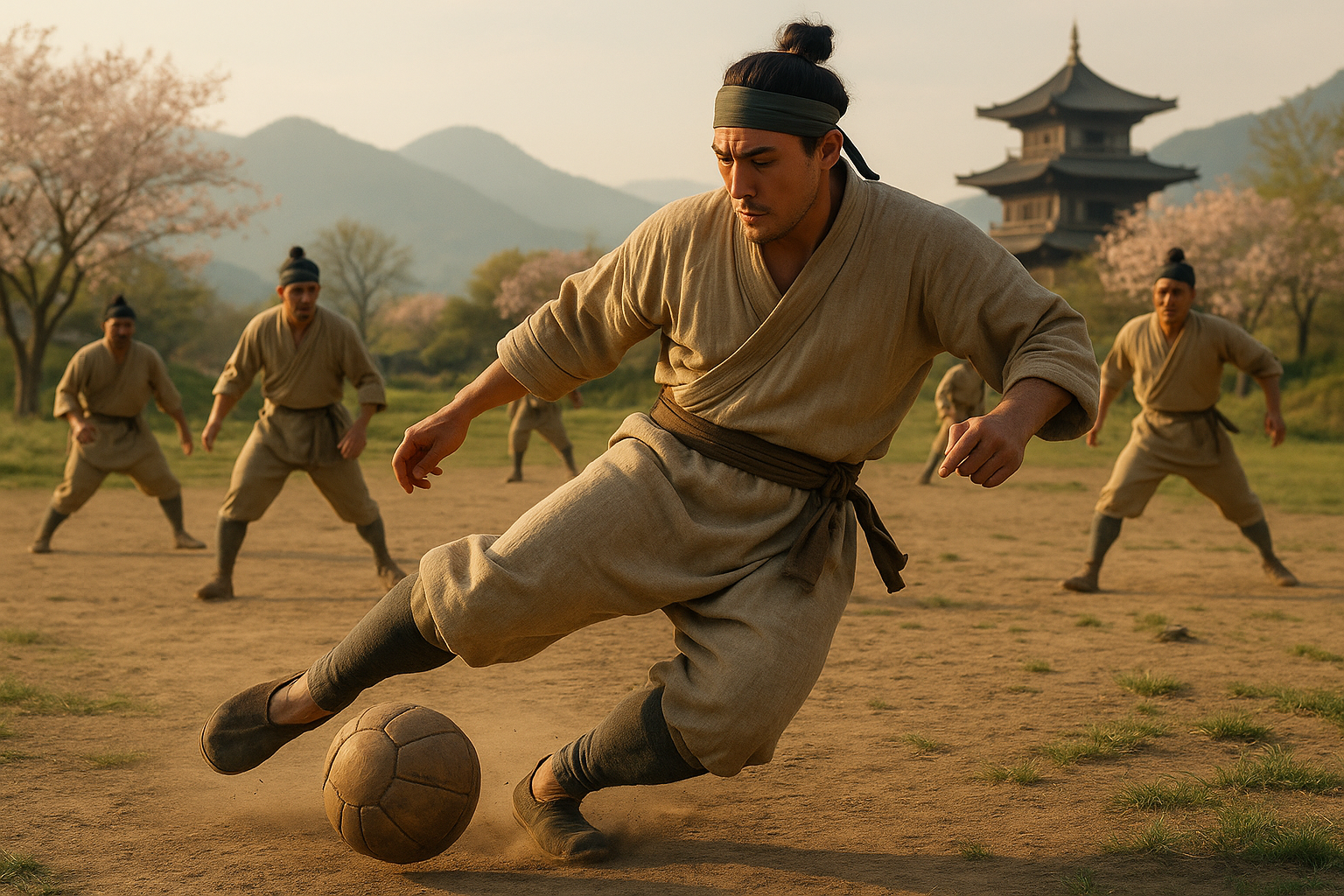
Conclusion: Unleash the Legacy
The exploration of Cuju as the ancient precursor to modern soccer offers us a fascinating glimpse into the cultural and historical tapestry of sports. Throughout this article, we’ve journeyed through the intricate developments of Cuju from its inception during the Han Dynasty to its flourishing prominence in subsequent dynasties. We’ve examined its rules, cultural significance, and its evolution into a social activity that transcended class boundaries. By understanding Cuju, we not only appreciate the rich history of soccer but also gain insight into the cultural dynamics of ancient China. ⚽
Understanding Cuju’s legacy is essential, as it reminds us of the interconnectedness of cultures and the ways in which ancient traditions shape modern practices. The narrative of Cuju is not merely about a sport; it’s a story of cultural exchange, adaptation, and the enduring human spirit to innovate and entertain. It highlights the global nature of sports and the way they bind us across time and geography.
As we reflect on these insights, it becomes apparent that the legacy of Cuju is more than just a historical footnote. It is a testament to human creativity and the timeless nature of sport as a universal language. Whether you’re a soccer enthusiast, a history buff, or someone interested in cultural studies, the story of Cuju offers valuable lessons and inspiration.
Now, we invite you, dear reader, to delve deeper into this fascinating subject. Explore the resources available, such as this comprehensive article on Cuju from Ancient History Encyclopedia or this overview of soccer’s origins from FIFA. These sources offer further insights and details to satiate your curiosity.
Let’s keep the conversation going! Share this article with fellow enthusiasts or drop a comment below with your thoughts and discoveries. Together, we can celebrate the rich heritage of sports and uncover the stories that connect us all. 🌍
Thank you for embarking on this journey with us. May the spirit of Cuju inspire you to explore new horizons and appreciate the diverse cultural legacies that shape our world today.
Feel free to expand upon this framework to reach your desired word count. Make sure to verify the links and update them if necessary to ensure they point to active and relevant content.
Toni Santos is a cultural revivalist, play historian, and kinetic storyteller who travels time through the games we left behind. With a deep reverence for lost pastimes, Toni excavates forgotten sports, ancestral competitions, and community games that once defined how people moved, bonded, and thrived. From ancient Mesoamerican ball courts to medieval street games, nomadic strategy contests, and pre-colonial ritual play, Toni revives rulebooks that were never digitized—and champions a worldview where games weren’t just leisure, but meaning, skill, and survival. Combining ethnography, movement studies, game design, and oral tradition, he reconstructs games piece by piece, consulting archives, elders, and fragments of folklore. His mission is not only to replay the past, but to inspire new generations to rediscover joy in rules that challenge, unite, and reflect forgotten values. At the helm of Vizovex, Toni documents these rediscoveries with playable guides, interactive reconstructions, motion-capture reenactments, and interviews with guardians of ancient play. His platform speaks to: Experimental game designers and kinetic anthropologists Educators looking to decolonize sports curriculums Movement artists and cultural preservationists Playful minds seeking what we once valued in the games we played Whether it’s reimagining a Viking endurance sport, mapping traditional Māori games, or crafting tournaments for extinct athletic rites, Toni urges us to move like our ancestors once did—and play with purpose again.

